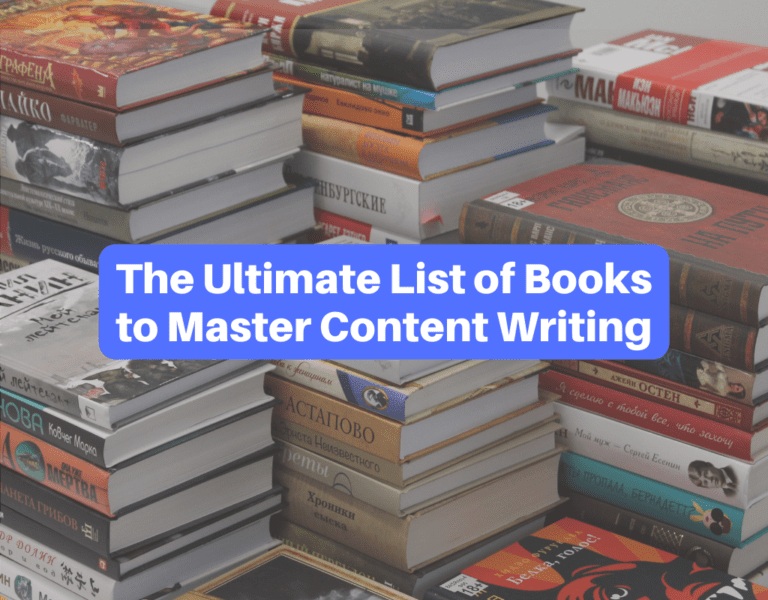One of the best-kept secrets of successful content marketing is how important tools are.
Using the best content marketing tools will help you with your entire content marketing strategy – from the initial idea stage all the way through to distribution.
And I’ve listed them out here for you. Here, you’ll find mention of both premium and free content marketing tools.
This post will help you understand what kind of content marketing tools you need to create and implement your content strategy.
I use them every day to get work done on time and to meet content marketing best practices. Once you get into the habit of using these tools, you’ll appreciate how they can transform your work and make it better.
Let’s dive in.
The best content marketing tools you should use
Here’s a breakdown of the top content marketing tool every content marketer and manager needs.
- A content calendar tool
- AI Content Writing Tool
- SEO tool
- Graphic design tools
- A headline analyzer tool
- A readability tool
- Tools for creating and storing content
- Note-taking and idea-capturing tools
- Screenshot capture tool
- Video editing tools
- Push notification tool
- Email marketing tools
- Lead capture tools
- Google analytics tools
- Social media management tools
- Influencer marketing tools
- Landing page tools
- Grammar and proofreading tools
1. A content calendar tool


There are two ways to approach your content strategy:
One, you can write about random topics and create social media posts or a blog post whenever you feel like it.
Two, you can organize an editorial calendar where you plan what you’re going to make and when. In advance.
The first approach is easier to do but your content will lack purpose. And you’ll also post videos, social media content, and other things irregularly. Your audience won’t engage with you because your content is unreliable and has no focus.
With the second approach, you have a plan to win. And you’ll see positive outcomes like more traffic, engagement, and conversions.
To help you be more organized and produce relevant content, you need an editorial calendar. It’s also called a content calendar.
A content calendar tool helps you set deadlines and priorities for content research, writing, and promotion. That way, you’ll always know what content needs to be created next and when it needs to go live.
There are a bunch of content calendar tools out there. You can opt for free tools or premium ones. Here are some tools you can explore:
Free content calendar tools
- Google spreadsheets
- Hootsuite (with limited features)
- Buffer (with limited features)
- Coschedule
Premium/Paid content calendar tools
- Canva Pro
- Hootsuite (with premium plans)
- Buffer (pro and paid plans)
- HubSpot
- Asana
If you’re starting out, I suggest using a simple spreadsheet or a free tool. As you grow, you’ll want to use a premium tool.
Benefits of a content calendar tool
- You get a visual dashboard to see your existing and future content
- You can track your content creation’s progress
- Some content calendar tools will allow you to schedule posts in advance
- Publish content to multiple platforms from a single place
- Manage multiple social networks from one place
- Monitor responses to your posts and track important hashtags on social media
A content calendar tool can save you time and energy. And it will help you organize your content and create more in a systematic way.
2. AI Content Writing Tool
If you’re just starting out in content marketing, there’s no better way to get up and running quickly than with AI content writing tools.
Currently, the best tool of its kind out there is Jasper – a cutting-edge platform capable of generating blog posts, social media posts, banners and more with ease.


The best part? With AI technology on your side, reaching content marketing goals become simpler than ever before.
You can increase website traffic, drive sales conversions, and more.
After all, content writing is not easy. Using an AI content writing tool for marketing will make life easier for your writers and help you get campaigns live faster.
However, be mindful that you check the content an AI tool creates. Sometimes, these tools produce meaningful gibberish or they produce false facts. And you still need to have marketing knowledge to make an AI writing tool give you just what you need. You’ll have to learn how to create prompts and the best tones of voice to use for AI.
And today, there are AI content detectors that will inform you if a piece of content is AI-generated. It’s going to be interesting to see how Google responds to AI content.
3. SEO tool
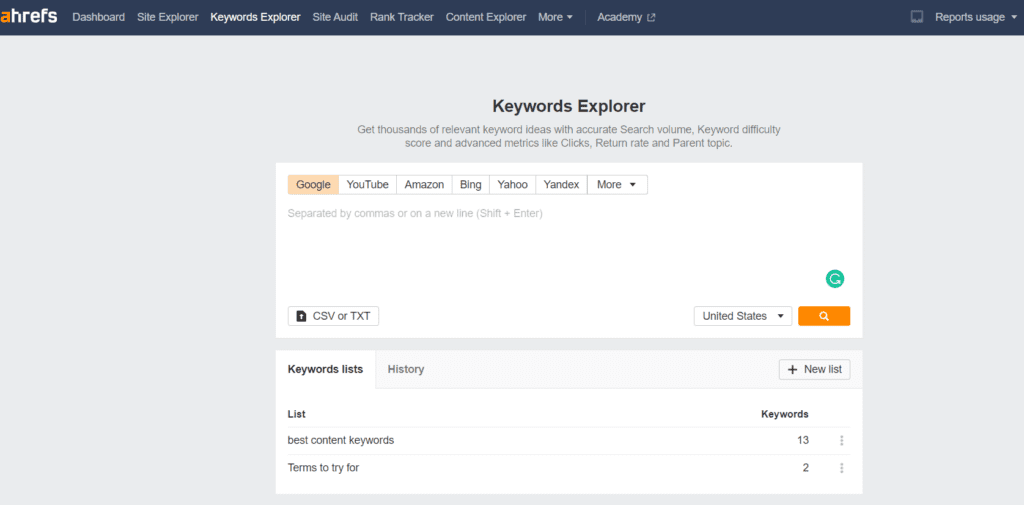

Search engine optimization is content marketing’s best friend. Because it helps make your content visible to the public. Thus to complete your content writing process you need SEO.
There are so many fantastic brands and intelligent people who have great knowledge and products to share. But no one ever finds them because they aren’t writing for the internet.
An SEO tool helps you learn how people look for content and solutions online. It tells you the kind of keywords and phrases people use. And it suggests related searches people make.
If you use an SEO tool correctly, you’ll stop writing from a business perspective and start making content that your audience is actively looking for.
Here’s a use case of a fictional business that doesn’t leverage SEO: a microwave oven brand without a content and SEO strategy might create blog posts about how it’s the best microwave oven brand there is.
However, if such a brand did its research, it’ll learn that it should focus on healthy recipes or how to cook while saving time. These are things that its potential customers are actually looking for.
An SEO tool will help you understand this and show you what keywords to use. You can also check your competitors’ content and fill in any content gaps that might be sending your audience to your competition.
4. Graphic design tools
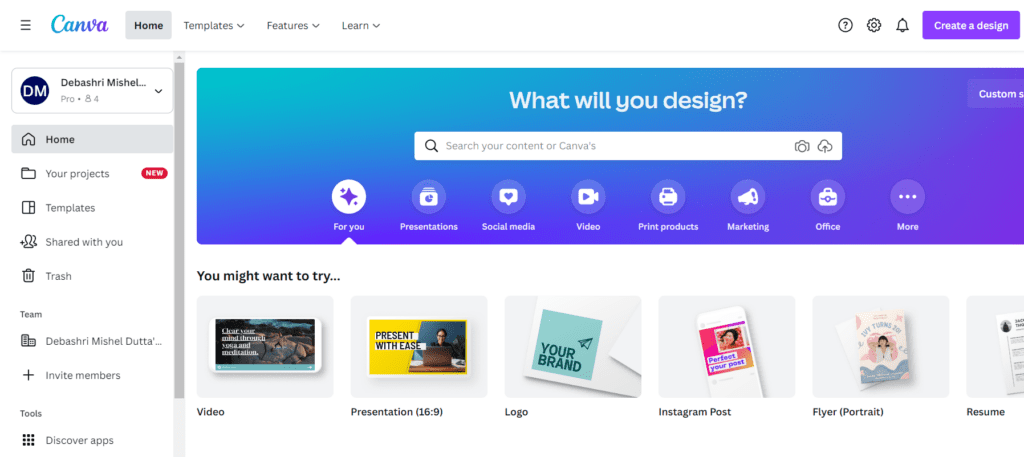

Graphics are critical to content marketing. They help create a positive first for your content and they make your website and social media look more attractive.
However, you might not have the budget to hire graphic designers. In this case, you can rely on online tools to help you create graphic elements and templates.
One of the best tools for graphic designing out there is Canva. It’s great if you want to build good-quality design elements. You can use this tool to:
- Create logos
- Blog headers and banners
- Infographics
- Calendars
- Presentations
- Social media graphics for Pinterest, LinkedIn, Facebook, etc. Each of which has different image requirements
I use Canva Pro and find it invaluable for basic design work. It won’t work as a substitute for image editing tools like Photoshop. But it works in a snap if you need to create cool visual elements to add to your blog posts or email campaigns.
I also find SketchWow to be very useful for making diagrams, flowcharts, and mind maps. You’ll see examples of graphics made with SketchWow throughout my blog.
5. A Headline analyzer tool
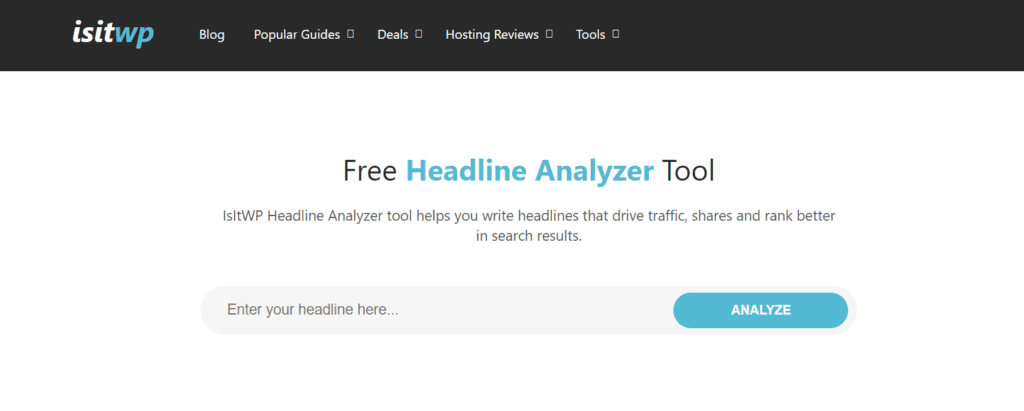

To master content marketing, content must be easy to read and simple to understand. That’s why every content marketer needs a headline analyzer tool.
This type of content optimization tool tests your post titles. And it will give you a score that lets you know how likely it is that people will click to see your content. And whether Google or other search engines will rank your material.
A headline analyzer tool works by checking content’s readability level, length, and emotional score. The best use case for a headline analyzer is that you’ll improve your headlines and titles to create the best impact.
6. A readability tool


Did you know that trying to sound clever with your content is hurting you and not helping you?
Writing complicated sentences and using hard-to-understand words are killing your content marketing efforts.
You need to write in a simple way so that your audience can read your work fast and easily.
Use a readability tool to make sure that your content is optimized for people and search engines.
A readability tool helps content marketers identify content that’s too complex, which could be discouraging readers from continuing to read. This tool will highlight sentences that are too long. And it will also point out where you’re using the passive voice – making your content sound boring and dull.
There are other writing apps you should explore that specifically help you improve your content writing quality.
7. Tools for creating and storing content
When you have a content marketing team or are working with third parties, you need to share your content updates easily.
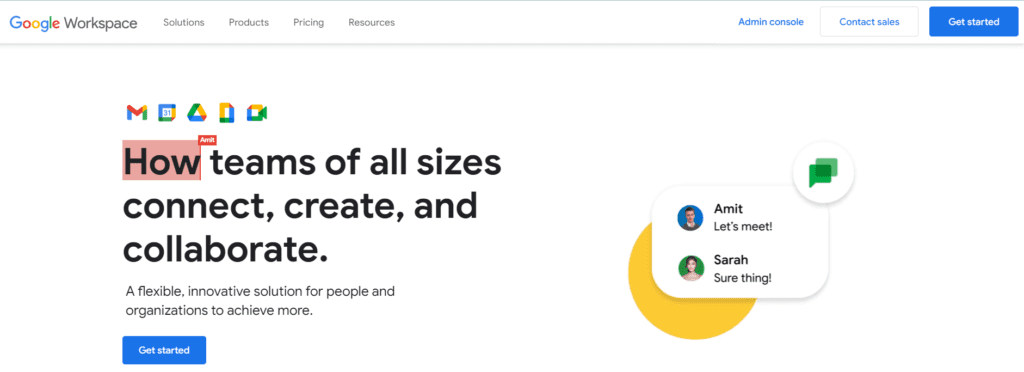

Today, it isn’t a good use of time to upload documents and files via email and to go back and forth editing them. And why should you when there are content marketing tools that let you share and edit files in real-time?
You need to invest in a cloud-based file creation and storage tool. Think Dropbox, Google Drive, or Microsoft’s OneDrive.
There are plenty of other options out there too.
I find Google Drive to be essential because it makes it possible to collaborate between people.
You can create a post on Google Docs and share it with your team or client. And they can leave comments and make edits. And best of all, it’ll happen instantaneously. Meaning, you and your marketing team can collaborate from wherever you are and avoid confusion.
Using a file storage tool like Dropbox or Google Drive is also useful because you can store your digital assets securely.
If you need to access a file when you’re away from your desk, you can do so on your phone or from some other device.
Your content marketing strategy includes planning where you’ll create and store digital assets. Using a good tool ensures that your marketing teams find what they need easily and can track their content creation efforts.
8. Note-taking and Idea-capturing tool


You can use a file storage tool like Dropbox or Google Drive to save your ideas. But it can be easier to rely on other tools to store and share content ideas.
Very often, you come across an interesting Twitter thread or a great website design you want to refer to later.
So you tell yourself that you’ll just remember it and find it later. I used to do this all the time when I came across an interesting digital marketing campaign.
I planned to use the online examples I found to direct my own digital marketing effort. Or to include as examples in blog articles.
However, it’s easy to forget where you saw that interesting image. Or which Twitter user made that cool post. It’s impossible to remember all those social media accounts by their user ID.
This is where a note-taking tool is a lifesaver. It’s useful when you want to save an interesting picture or jot down an idea.
A tool like Evernote is likely already present on your mobile. You can use it to write down any inspiration you have for your content and to share it with your team too.
Another option is Google Keep which is already part of Google’s suite of editing products.
9. Screenshot capture tool


Adding visual content to your blog articles is essential to make your content interesting. Very often, you’ll need to share screenshots for step-by-step processes. And you’ll need to capture images from other websites to act as examples in your content.
A screenshot capture tool will make content marketing easy. And content marketers can choose cloud-based screen capture tools that will immediately save a picture to the cloud.
This helps your marketing teams with collaboration and content sharing. They can find screenshots images from a single location – the cloud. And can create videos, gifs, and other visual content easily.
10. Video editing tools


There’s no question about it: video content gets the most engagement.
However, creating good-quality videos is difficult and expensive. Fortunately, using a free video editor can significantly reduce costs while still allowing you to produce professional-quality videos that captivate your audience.
A good option is to create simple animations and videos using apps like Adobe Spark,Animoto, and Invideo. These apps enable you to create short videos for social media content, explainer videos, and testimonials.
But if you’re serious about making high-quality videos as part of your content marketing strategy, it’ll be worth investing in more powerful tools.
These content marketing tools will help content marketers create short videos for social media content, explainer videos, and testimonials.
11. Push notification tool
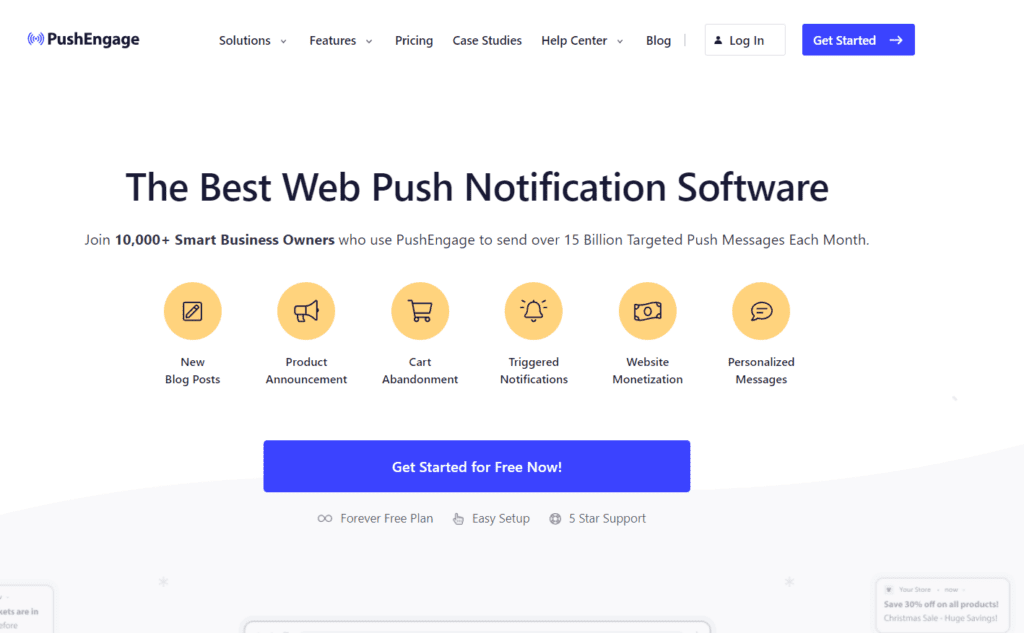

You can use content marketing tools to send content that you’ve created to subscribers via push notifications.
Push content is where You can create content that prompts them for a desired action or content that educates their users about the features and services of your product.
Tools like PushEngage are easy to implement, track conversions and help you get more leads at a low cost.
12. Email marketing tools


Email marketing tools are essential for content marketers.
Despite how many people are active on social media multiple hours a day, it’s email content that drives sales for businesses.
Did you know that for every $1 you invest in email marketing, you make $36 in returns? Other studies claim that you make $38 or $42 per dollar spent or even more.
You can’t afford to ignore email marketing. It helps you build closer relationships with your audience and drive sales.
There are many solid email marketing tools that you can start out with. For new businesses, I recommend using Mailchimp. In the free version, you can add up to 2000 users and send 10,000 emails every month.
But as you scale up, you want to invest in premium versions of Mailchimp or Constant Contact.
The email marketing provider you use will impact whether your emails land in your reader’s inbox. So, use the right tool from the start.
13. Lead capture tools
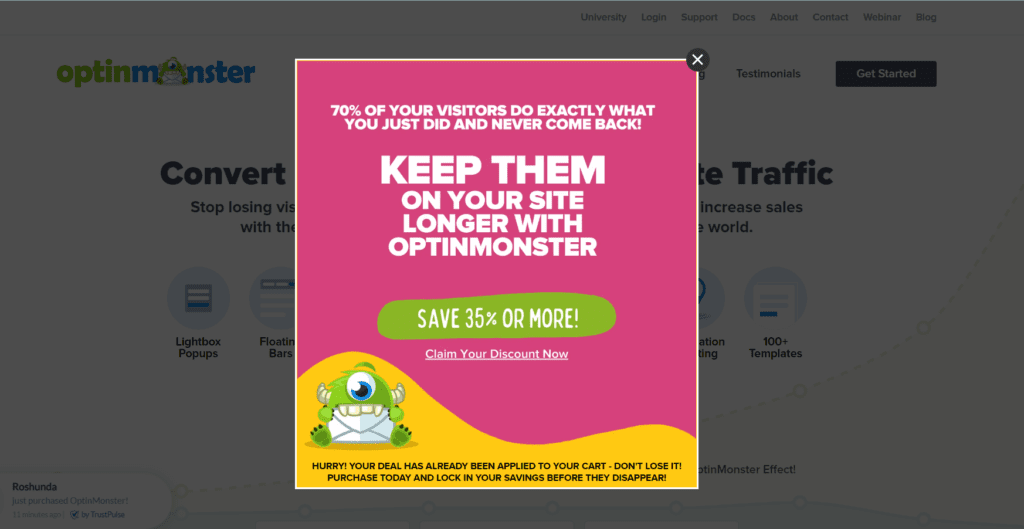

Lead capture tools include forms and optin popup tools. They’re anything that helps you convert anonymous website visitors into known contacts.
Imagine putting all that hard work into making blog posts only for people to read them, leave, and never return.
Lead capturing tools ensure that you can ‘capture’ the names and email addresses of people who come to your website.
For example, you can add a form to the bottom of all your pages asking people to sign up for your newsletter.
A more effective tactic is to create a popup form that appears in the middle of the page when your user is about to leave.
You need to lead capturing tools to fill your email list with leads. As your list grows, you can send them useful email content and eventually drive sales.
14. Google Analytics tools
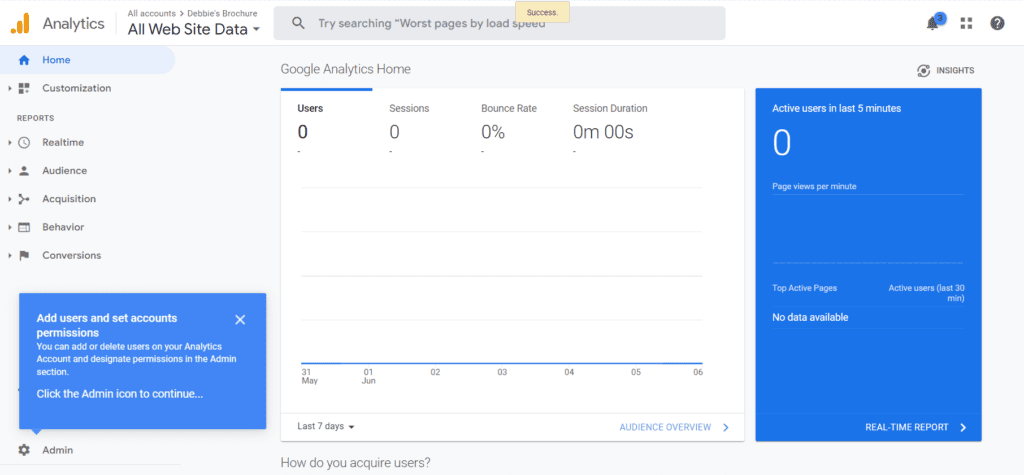

Want to know if your content marketing is working?
Then you need Google Analytics. It’s a free content marketing tool created by Google to show you what’s happening on your website. With Google Analytics and other analytics plugins, you can:
- Learn how much traffic you’re getting
- Find out how long people stay on your website
- Identify which posts get the most traffic
- Learn what keywords people use to land on your site
- Learn where your visitors are coming from
- You see how content marketing performance varies depending on content type. For example, you might learn that infographics always get the most shares and conversion rates.
Do you see the potential for ways to improve your work with this tool?
You can easily figure out what’s working for your business and scale that up. While looking at which posts and pages are doing badly so that you can improve them.
Another essential and totally free tool that you can use is Google Search Console to track your SEO efforts.
Google Search Console can help you identify issues and show you how to improve your site’s performance. It’s also great for identifying ‘hidden terms’ or keywords that you can create content on to get more traffic.
15. Social media management tools


How many social media networks can you name off the top of your head?
Facebook, Instagram, Pinterest, Snapchat, LinkedIn, and TikTok come to my mind at first. And I’m sure I’ve missed other major platforms that are worth mentioning.
Now, part of your marketing campaign is to post to all your social media profiles multiple times a day. That’s a full-time job on its own!
If you’re going to be effective at content creation and marketing, then you need a social media management tool.
I’ve already talked about content calendars. Social media management tools include calendars and many other features.
You can use a social media management tool to:
- Create content calendars
- Share content to all your social media channels from a single screen
- Moderate comments on all your posts from one dashboard
- Track engagement and conversions
- Monitor brand mentions and relevant hashtags
If you want to stay on top of your social media efforts, then a social management tool is a must.
16. Influencer marketing tools
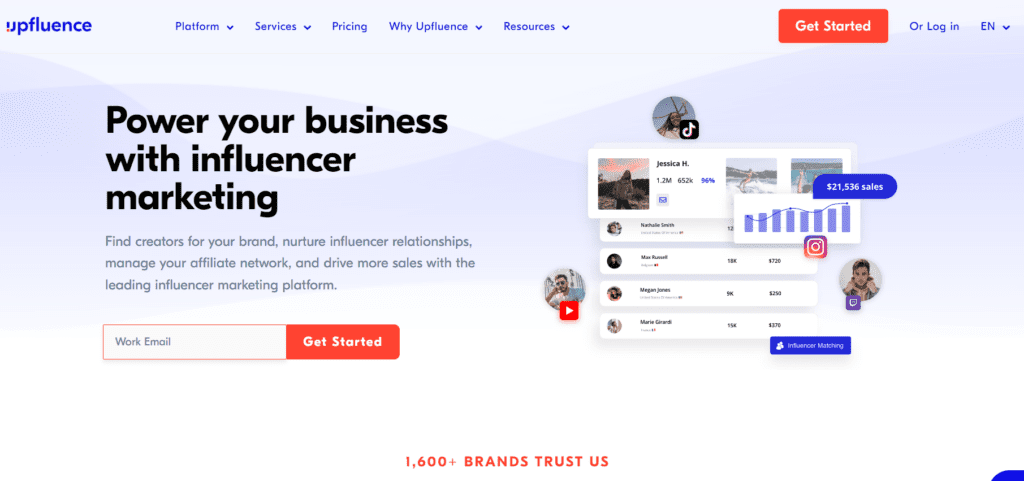

You can’t afford to exclude social media from your content marketing efforts. But you have to realize that getting your message across to your audience is harder than ever before.
Social media algorithms keep changing. And social networks want you to pay for advertising, so you have to take extra measures to reach your audience.
One key part of your marketing activity is to partner up with influencers. Platforms like Crowdfire and AspireIQ will help you find the right people and connect with them.
You can also use use Upfluence’s Google Chrome extension to analyze an influencer’s profile to learn about them.
Once you’re connected with an influencer, focus on a compelling story and great content to share with the influencer’s audience.
A solid influencer marketing tool will also send reports on how well your campaigns are doing. Add this to your toolkit and you’ll skyrocket your content marketing efforts.
17. Landing page builders


When you create email marketing campaigns, ad campaigns, and social media posts, you need to direct users to landing pages.
Landing pages are standalone web pages. You create them for marketing campaigns. And their design and content match the ad copy, social media copy, or email marketing copy that leads to them.
A landing page is typically temporary. And you can take them down or update them with information when a campaign gets over.
Use a landing page builder that ‘bakes in’ good UX and UI principles in its design. A good builder will make it easy to add countdown timers, sign-up forms, and any other feature-rich tool that contributes to converting leads into buyers.
18. Grammar and proofreading tool
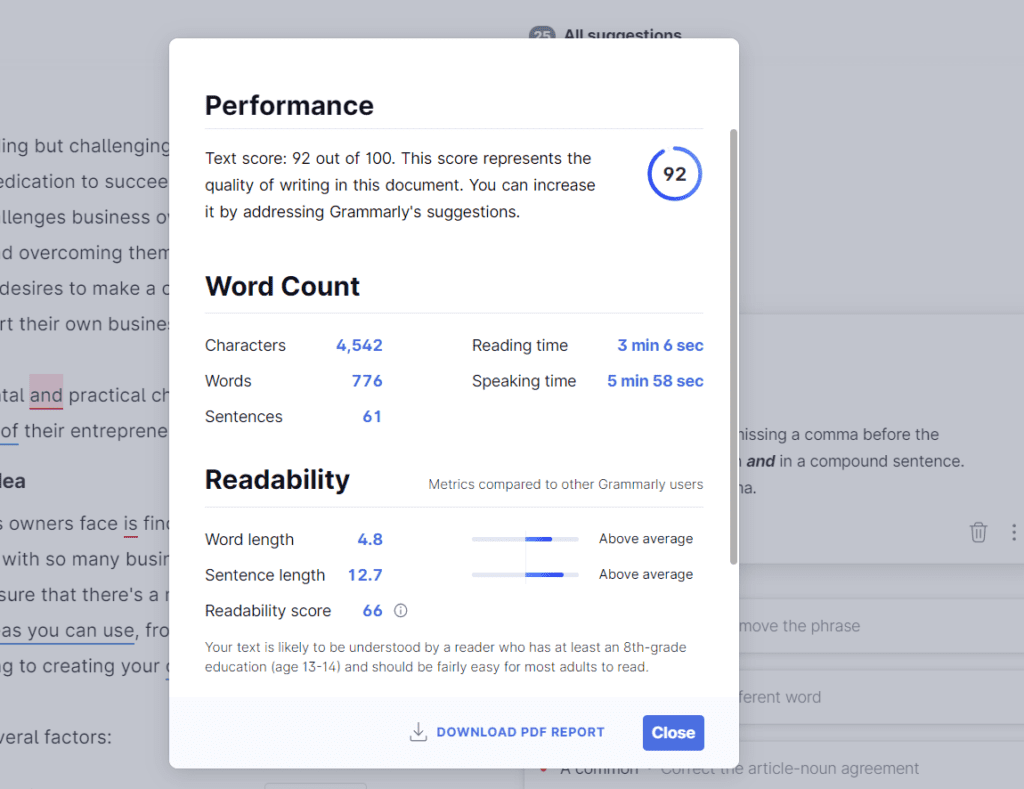

A grammar tool is an essential content marketing tool because it helps you produce high-quality content.
Content managers need to be able to proofread their content to ensure that it is error-free. A grammar tool helps content managers do this quickly and easily.
The best-known and most widely used tool is Grammarly. But did you know that there are other free and useful grammar tools available too?
Check out:
- Grammar Check by Small SEO Tools
- Grammar Checker by Writer.com
- Tools by Ink for All
A grammar, spell checker, and proofreading app is one of the best tools for a content marketer. It can save time and help you produce content that is free of errors.
What you should know before choosing content marketing tools
There are hundreds of content marketing tools out there.
It’s easy to get confused and frustrated trying to figure out what you should invest in.
Do you really need an expensive photo editing subscription for creating images? And what about one for content curation or tracking site metrics?
For every need you have, there are a dozen great options to choose from. You don’t need all the tools that are out there. But you do need a good number of content optimization tools to support your campaigns.
That’s why I’ve laid out a few key questions you should ask yourself before taking a look at the content tools you should use.
Grab a pen and paper and answer the following questions. Doing this will help with choosing relevant content marketing tools:
- Who is your target audience?
- What are your business objectives? What do you want your content to achieve?
- What kind of content do you want to create and for which platforms? What content formats will you use? (eBooks, video, images, etc.)
- Where do you plan to post your content? Is it on social media? On your blog? On forums?
When you’re done answering these questions, you should have more clarity on what content tools you’ll need and how you’ll use them. Without a clear purpose for your content creation, you could end up investing in tools that aren’t right for you.
Conclusion
You can’t be content with your content marketing outcomes if you’re not using the right tools.
From content calendars to keyword research, content marketing tools are an essential part of content marketers’ workflows.
I’ve shared just a few of the many content marketing tools you need to get more organic search traffic, better lead generation, and higher conversion rates.
Use this post as a reference for investing in the top tools for content marketers. In my own work, I don’t hesitate to try out different tools and discard them too. It’s a good idea to take advantage of discounts, trials, and other options that content marketing platforms provide.
Are there any tools that I’ve missed? Leave a comment below and let me know.
And if you’d like my best tips in your inbox, then join my newsletter!





